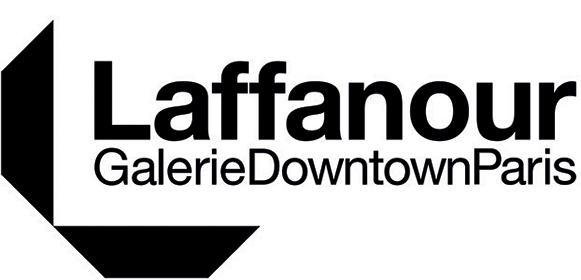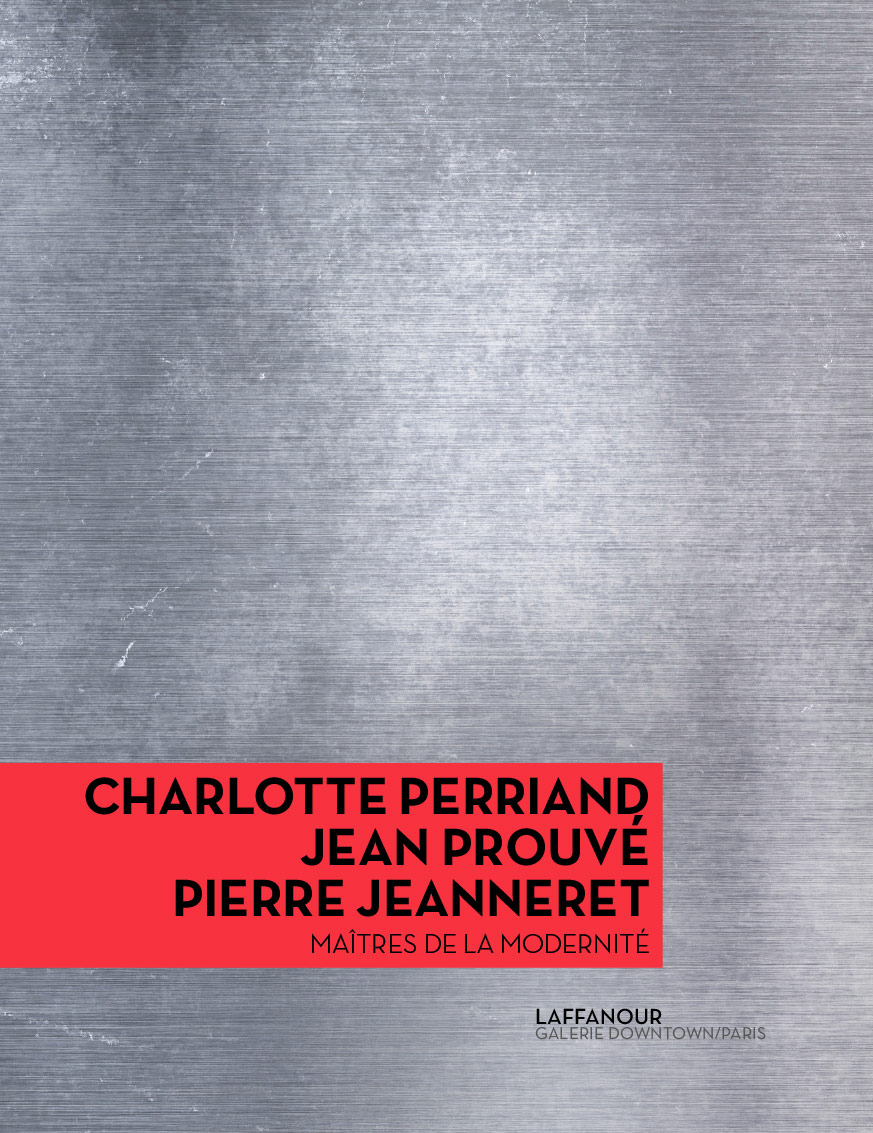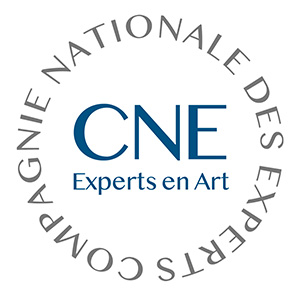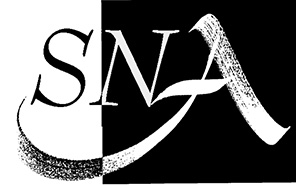Masters of Modernity by Anne Bony
Despite the determined wish of the 1925 Paris Art Deco Exhibition to champion modern decorative and industrial arts, the Society of Decorative Artists became bogged down in tradition, the Company of French Arts became infatuated with the Louis Philippe style, and Jacques Emile Ruhlmann re-invented the idea of luxury, and created things for the élite. Opulence and polychromy were the order of the day. The Society of the Salon d’Automne invited members of the German Werkbund in 1910. Modernity had been making noises since the establishment of that association in 1907 “to ennoble industrial work in cooperation with art, industry and craftsmanship”, extended by the creation of the Bauhaus school in 1919. Le Corbusier and Ozenfant theorized about the issues of modern life in France in 1920, when they published the magazine L’Esprit Nouveau, a rationalist French review of International Constructive Art.
At the 1927 autumn salon, which was at once contemporary and modern, Charlotte Perriand presented “Le bar sous le toit”, an ensemble influenced by modern times, made of chrome-plated steel and anodized aluminium. That same year, having joined the Le Corbusier agency, she took up the theoretical programme of “cabinets with pigeonholes, chairs, tables and household equipment” and, in 1929, she exhibited furniture produced by Thonet, with each piece bearing the Thonet-Le Corbusier-Pierre-Jeanneret-Charlotte Perriand acronym. “Setting up standards consists in being involved exclusively with perfection”, Le Corbusier explained to her. She much appreciated the architect Pierre Jeanneret, Le Corbusier’s cousin, who had been assisting her since 1922.
At the Salon of Decorative Artists in 1928, Charlotte Perriand, René Herbst and Djo-Bourgeois got together to oppose the production of the “decorators”. It was in 1929 that the break happened. Young and spirited, they advocated the use of metal and other modern materials, and created the Union of Modern Artists (UAM), a union which catalyzed their revolutionary ideas. The group’s first exhibition was organized around the theme: “Modern art, the frame of contemporary life”. They were in favour of modern art which, they thought, was a “truly social art… a pure art, accessible to all, and not an imitation made for the vanity of a few.” The first manifesto was published at a late date, in 1934, its preparation and writing entrusted to Louis Chéronnet, chief editor of the magazine Art et decoration. Modern art was a response “to their desire to endow 20th century man with a sensible setting, meaning one capable of satisfying all the material and intellectual demands imposed by the state of things”. It was within the UAM’s ranks that the militant talent of Charlotte Perriand, Jean Prouvé and Pierre Jeanneret, who joined the Union in 1930, flourished.
Freedom, daring, independence and solidarity hallmarked this threesome. Charlotte Perriand left the Le Corbusier workshop in 1937 and, before setting off for Japan as an industrial art consultant in 1940, she developed a furniture programme with Jean Prouvé and Pierre Jeanneret, and with the BCC (Central Construction Bureau), created in 1939 by Georges Blanchon. On her return she was given the task of furbishing the first hotels at Meribel-les-Alues, between 1946 and 1949. In osmosis with the valley spirit, she used the timber of fir trees for the furniture and interior fittings. After the war she produced the cell-type furnishings of Le Corbusier’s Unité d’Habitation in Marseille, presented at the 1950 Salon des Arts Ménagers/Ideal Home Exhibition. Her experience of and liking for mountains came across in an exemplary way in the Les Arcs operation which got under way in 1967, where she devoted 20 years of her life advocating “Leisure for everyone”.
Jean Prouvé was nothing less than an entrepreneur who developed his art with a proactive approach. He was a man of action rather than words, who declared that he was “uncompromisingly of his time”. He exhibited his first pieces of furniture in 1930. His meeting with the architects Baudoin and Lods in 1933 prompted him to devise a new way of producing architecture, with innovative structural applications. In 1939 he registered a patent for a construction with a frame that could be easily dismounted, for combat units—his first portico construction.
A similar way of thinking about leisure amenities linked Pierre Jeanneret and Jean Prouvé together for the first time in 1938. A long-lasting collaborative relationship was struck up between these two pragmatic minds, thanks to the commission for dismountable, prefabricated constructions, equipped for the construction in the zone unoccupied by the Germans of the factory of the Société Centrale des Alliages Légers (SCAL), in Issoire (1939-1941). Pierre Jeanneret left France in 1951 for Chandigarh (India), in order to supervise the project for the administrative city and design its furniture. In 1953, Jean Prouvé completed the production of free-form tables, with Charlotte Perriand, as well as various series of bookshelves, including the “Tunisie” model. In 1962, Charlotte Perriand left for Brazil where she worked with varieties of native timber. Special commissions, few and far between, staked out her career, and in 1966 she furnished the residence of the Japanese ambassador to Paris.
An exemplary trail was blazed by Perriand, Prouvé, and Jeanneret, offering a reading that is at once modern, abstract and creative.




